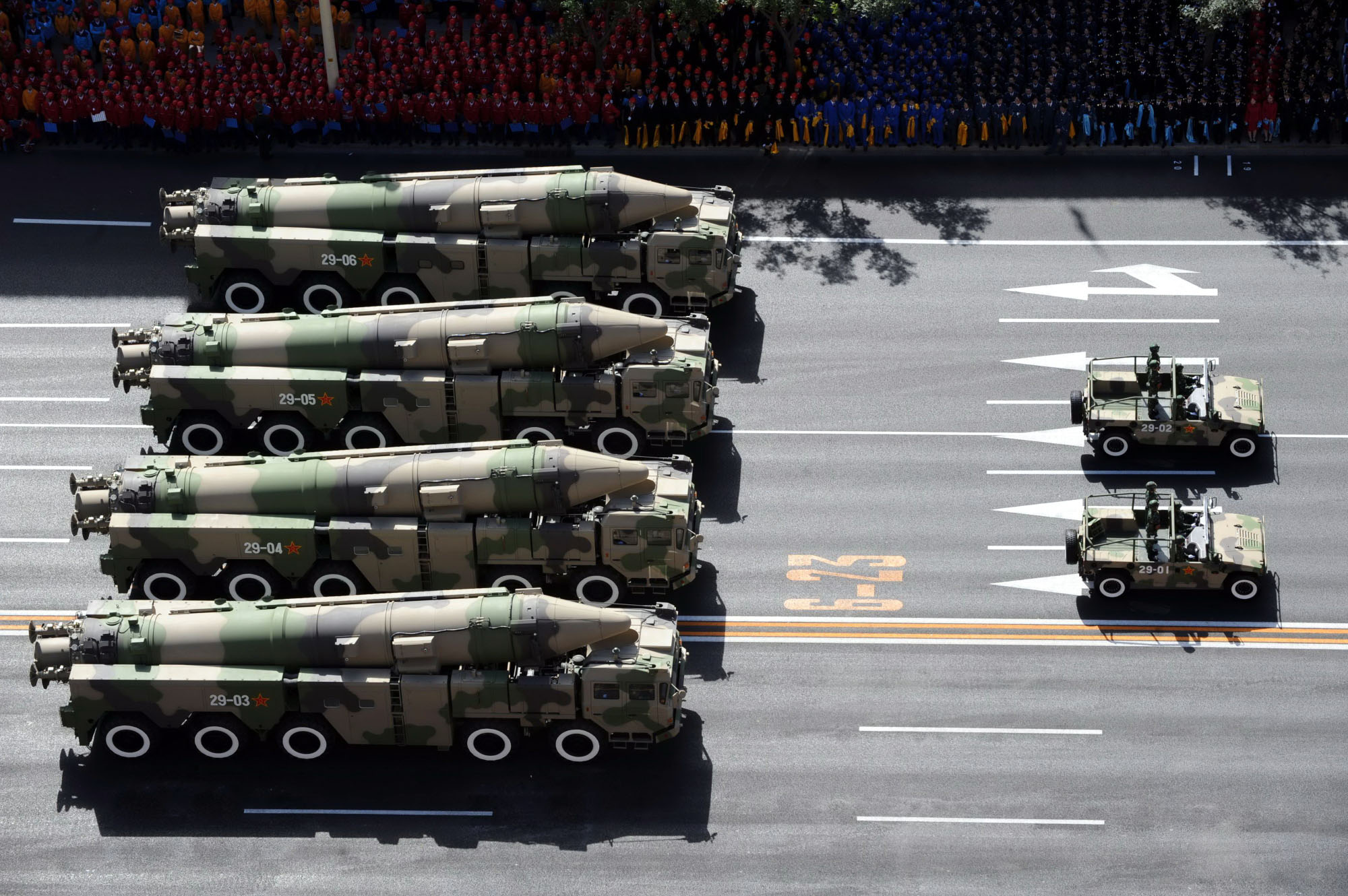The time has come for Japan and the United States to embark on an ambitious co-development project: a long-range ground-based anti-ship cruise missile system. Such a program is strategically necessary, technically feasible, cost effective and politically attractive — the allies should make it a top priority.
Japan and the U.S. face a rapidly growing and modernizing Chinese military. As of January, China's People's Liberation Army Navy included 335 vessels and its coast guard fielded another 248 ocean-going ships, to say nothing of Beijing's huge maritime militia. These numbers are increasing rapidly as China builds some of the world's largest and most advanced naval combatants.
Moreover, Beijing's arsenal of cruise and ballistic missiles puts both the allies' fixed bases and their surface naval forces at additional risk. China has an estimated 1,800 cruise and ballistic missiles with ranges between 500 and 5,500 km (the range previously banned by the Intermediate-Range Nuclear Forces Treaty). The allies have zero.


















With your current subscription plan you can comment on stories. However, before writing your first comment, please create a display name in the Profile section of your subscriber account page.